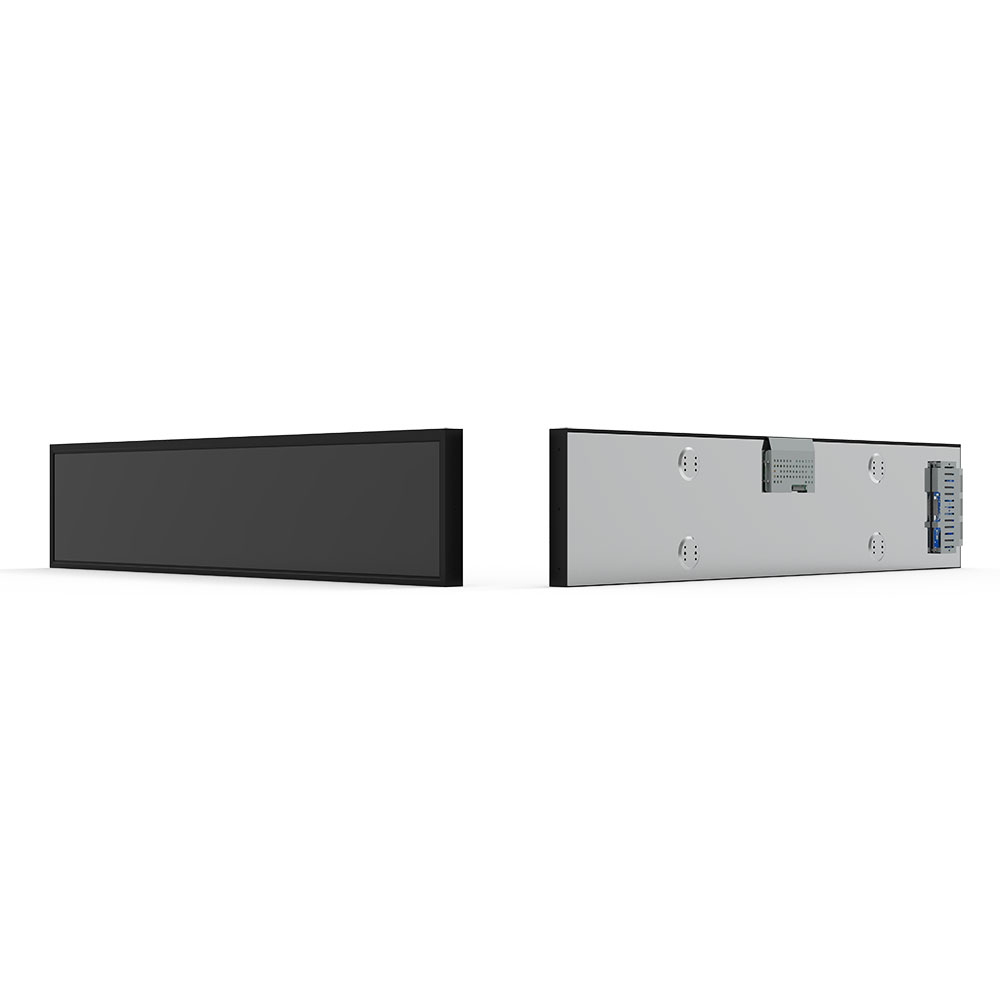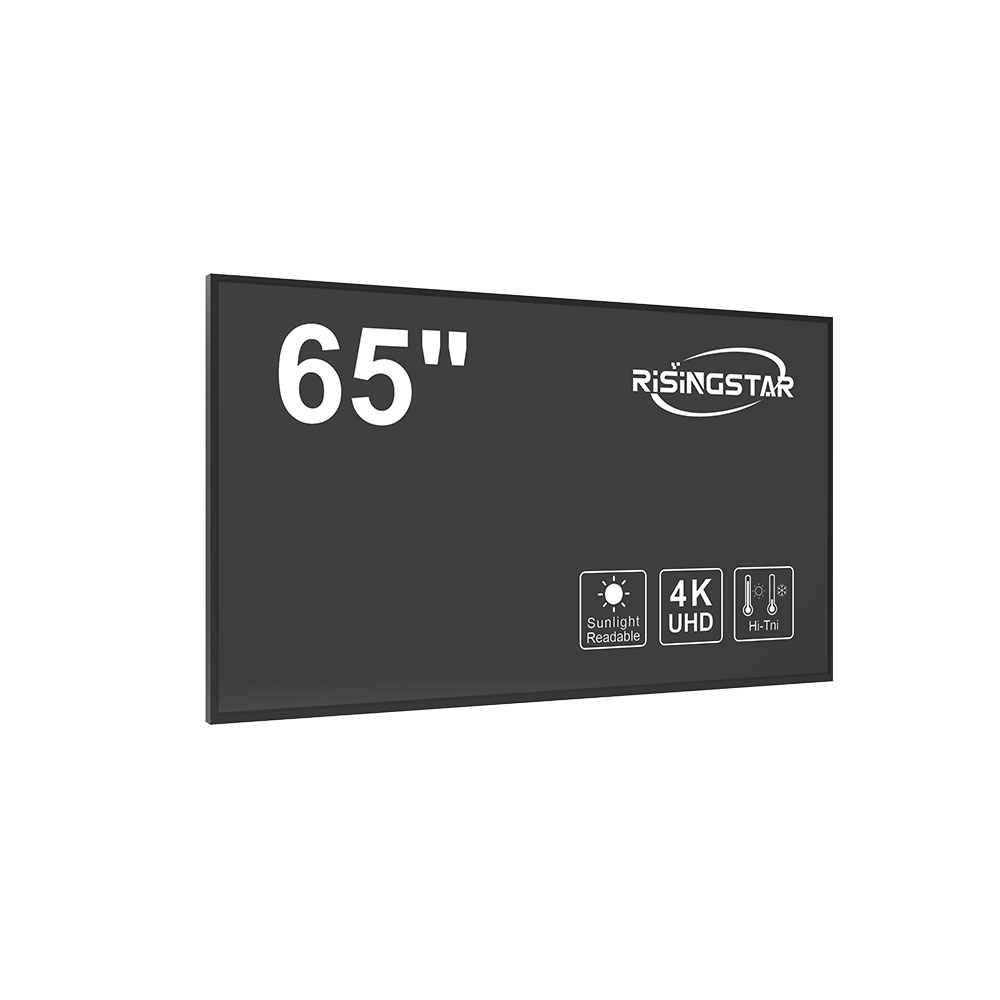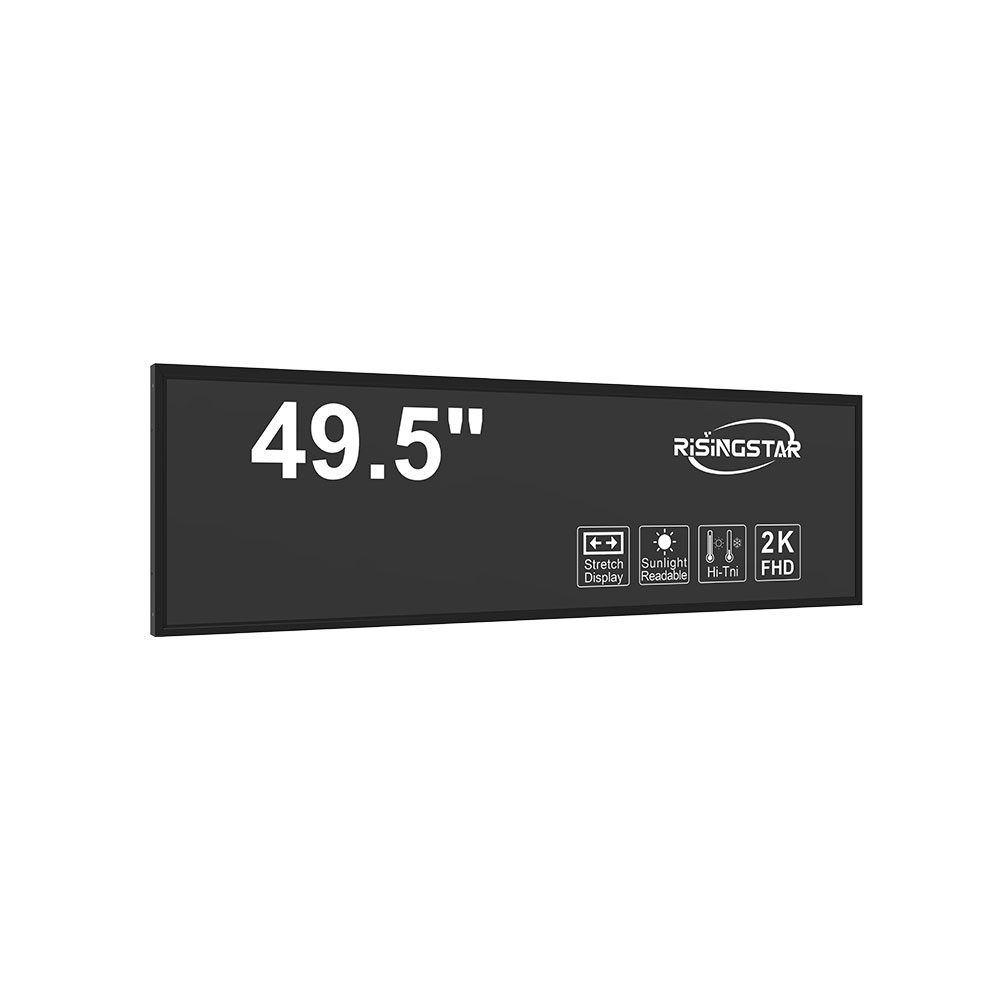
Declaración de privacidad: Su privacidad es muy importante para nosotros. Nuestra empresa promete no divulgar su información personal a ninguna empresa externa sin su permiso explícito.
Outdoor LCD screens are critical components in modern commercial environments—from digital signage in retail stores and transportation hubs to advertising displays in urban plazas. Choosing the right outdoor LCD screen requires more than just selecting a high-resolution panel; it demands a thorough understanding of environmental factors, technical specifications, and long-term durability.
Introducción
In today’s data-driven world, businesses rely on dynamic visual communication to engage audiences. Outdoor LCD screens offer bright, vivid visuals that perform reliably even under harsh conditions. However, not all outdoor displays are created equal. A poorly chosen screen can lead to frequent maintenance, reduced visibility, and lost revenue—especially in high-traffic or extreme climates. This article outlines key considerations for selecting an outdoor LCD screen tailored to commercial applications.

Cuerpo principal
First, consider brightness (nits). For sunlight-readable displays, aim for at least 5,000 nits—industry standard for direct sun exposure. According to the Society of Information Display (SID), professional-grade outdoor screens must exceed 3,000 nits, with 5,000–10,000 nits being optimal for full daylight performance.

Second, evaluate IP rating and weather resistance. Look for IP65 or higher to ensure protection against dust and water ingress. In coastal areas, corrosion-resistant aluminum enclosures and anti-glare coatings are essential. Real-world case studies from companies like LG and Samsung show that IP67-rated units last up to 3x longer in humid or dusty environments compared to lower-rated alternatives.
Third, assess thermal management. Outdoor screens face temperature extremes—from -20°C to +60°C. Efficient heat dissipation via passive cooling (no fans) or active fan systems ensures consistent operation. The IEC 60068-2 standards define thermal testing protocols that reputable manufacturers follow.

Fourth, prioritize maintenance and serviceability. Commercial installations require minimal downtime. Modular designs allow for easy component replacement—such as LED backlights or power supplies—without replacing the entire unit. Industry leaders like NEC and Barco integrate remote diagnostics, reducing service costs by up to 40%.
Finally, ensure compliance with safety certifications such as CE, UL, and FCC. These verify electrical safety, electromagnetic compatibility, and environmental sustainability—key for global deployment.
Conclusión
Selecting an outdoor LCD screen isn’t just about specs—it’s about matching the display’s capabilities to your environment, usage patterns, and budget. By prioritizing brightness, ruggedness, thermal resilience, and serviceability, businesses can deploy durable, high-performing screens that deliver ROI over 7+ years. Whether in a busy airport or a seaside shopping mall, the right outdoor LCD is both an investment and a competitive advantage.
Enviar correo electrónico a este proveedor

Declaración de privacidad: Su privacidad es muy importante para nosotros. Nuestra empresa promete no divulgar su información personal a ninguna empresa externa sin su permiso explícito.